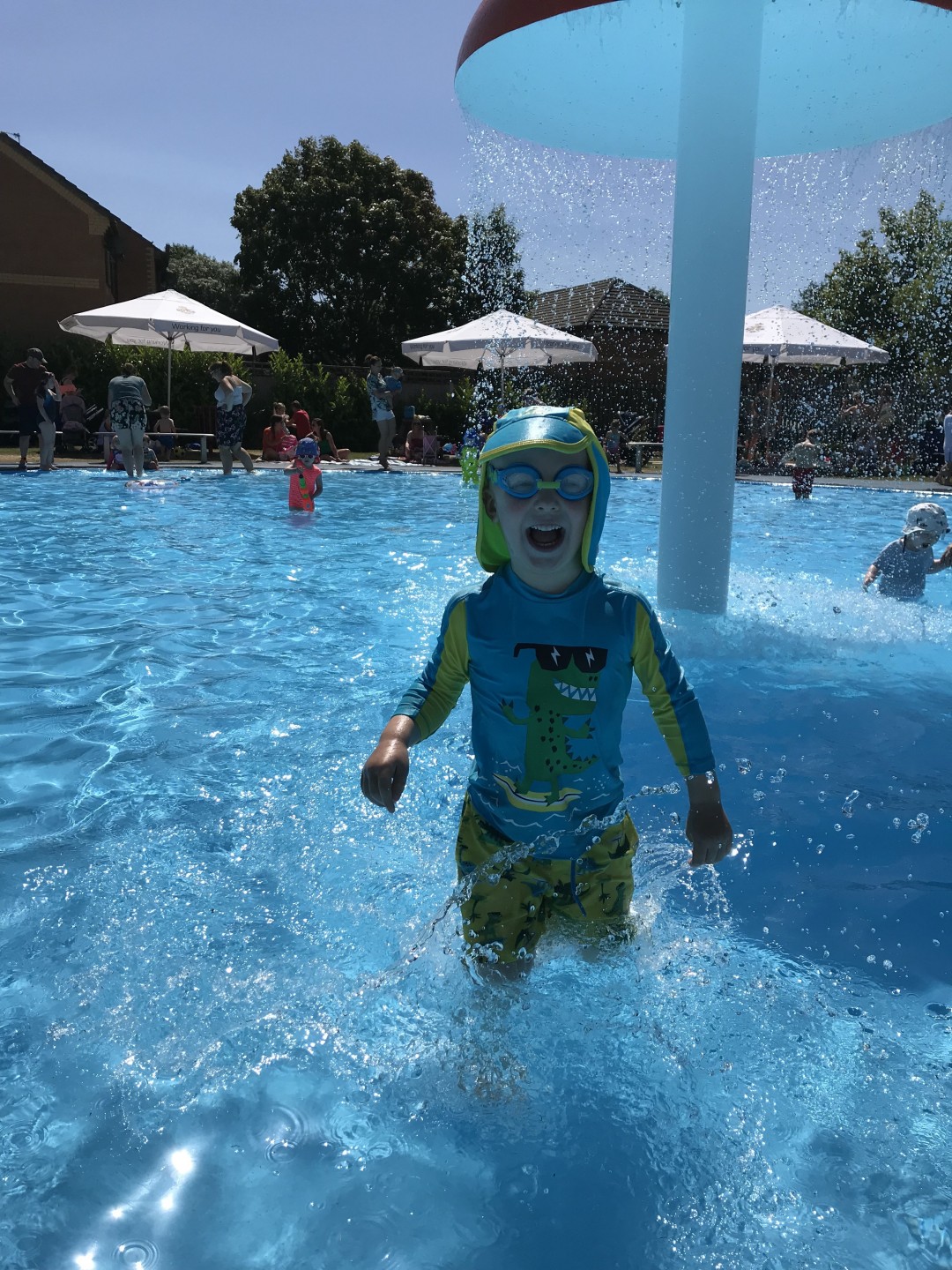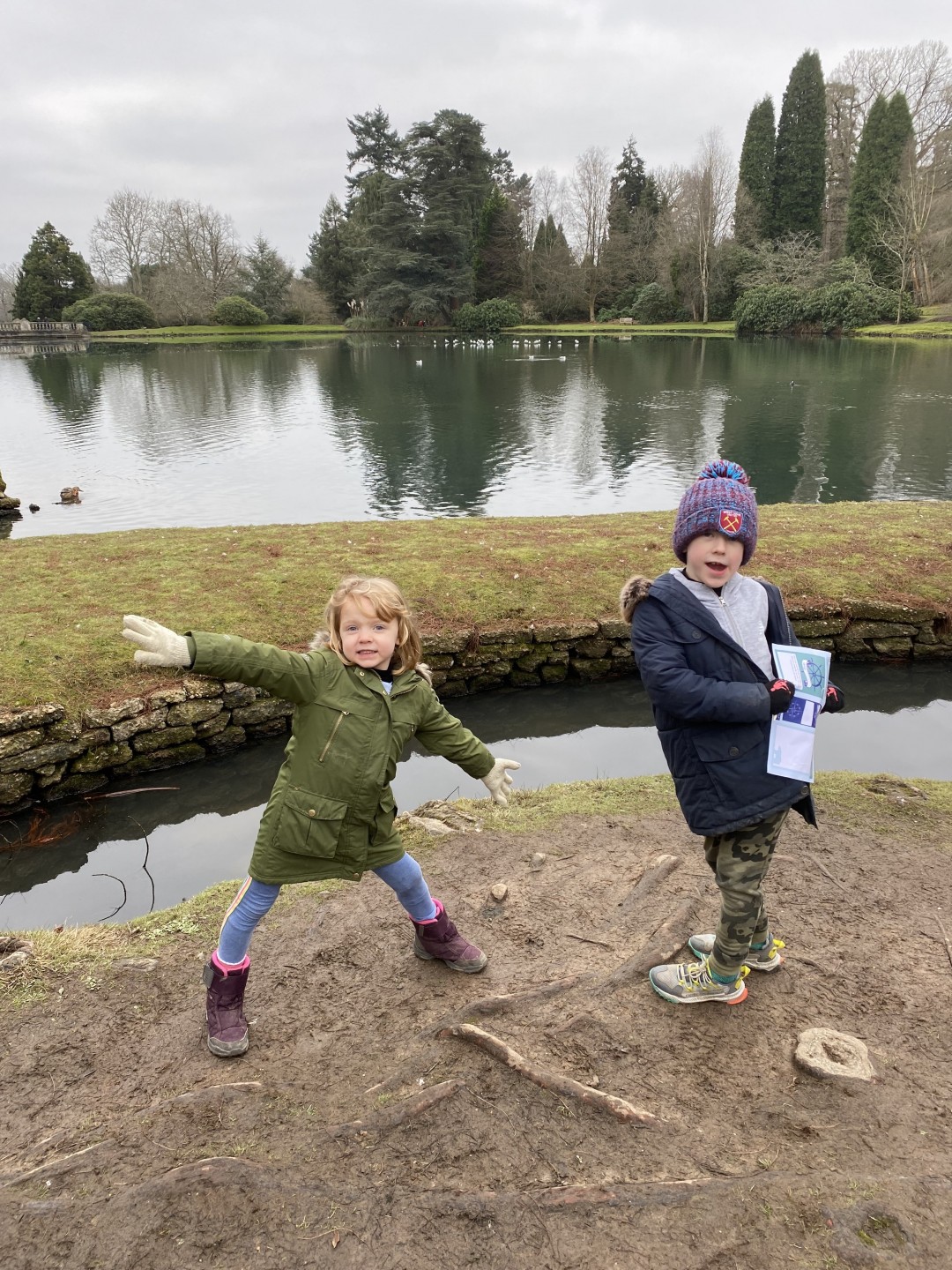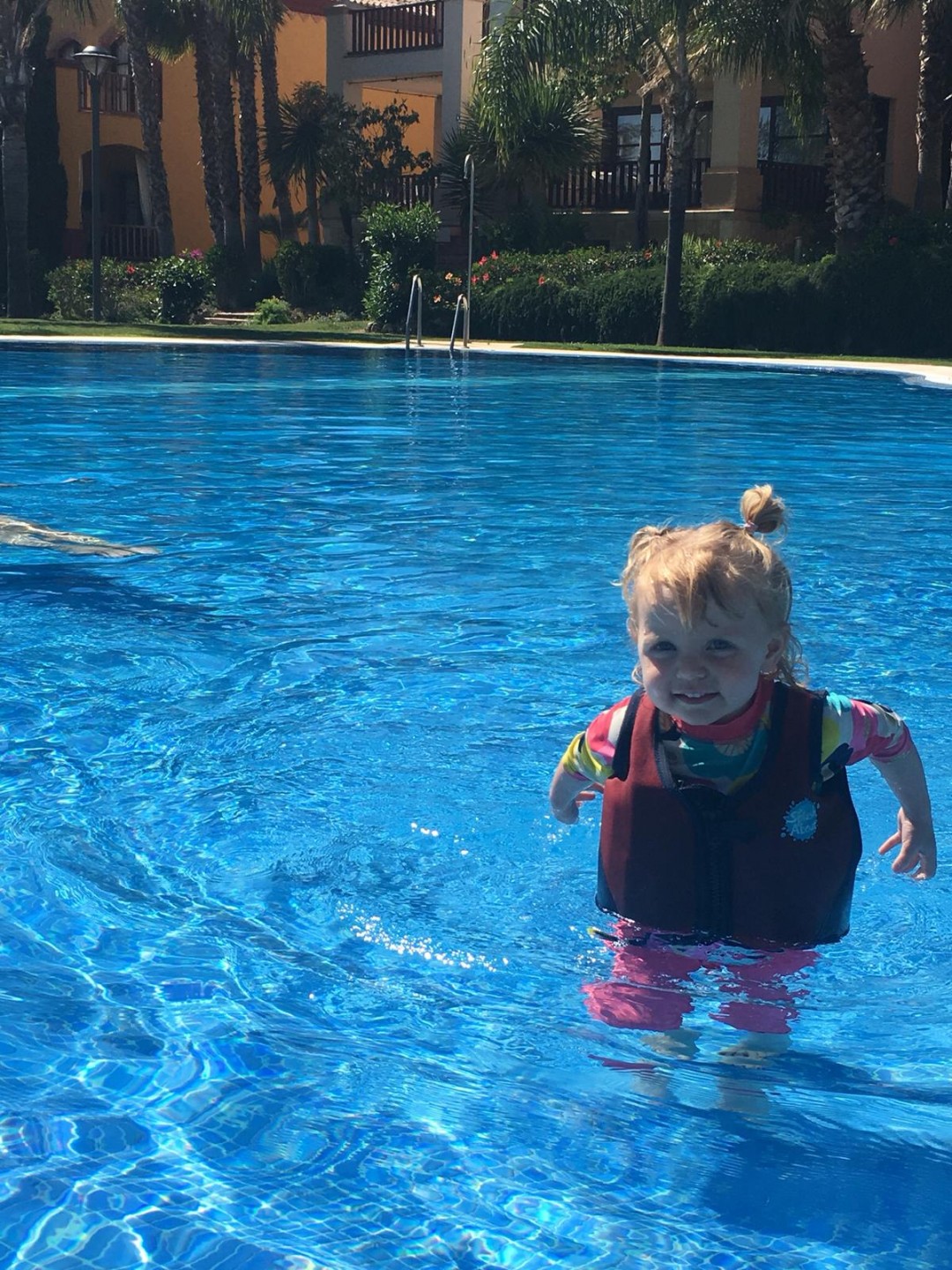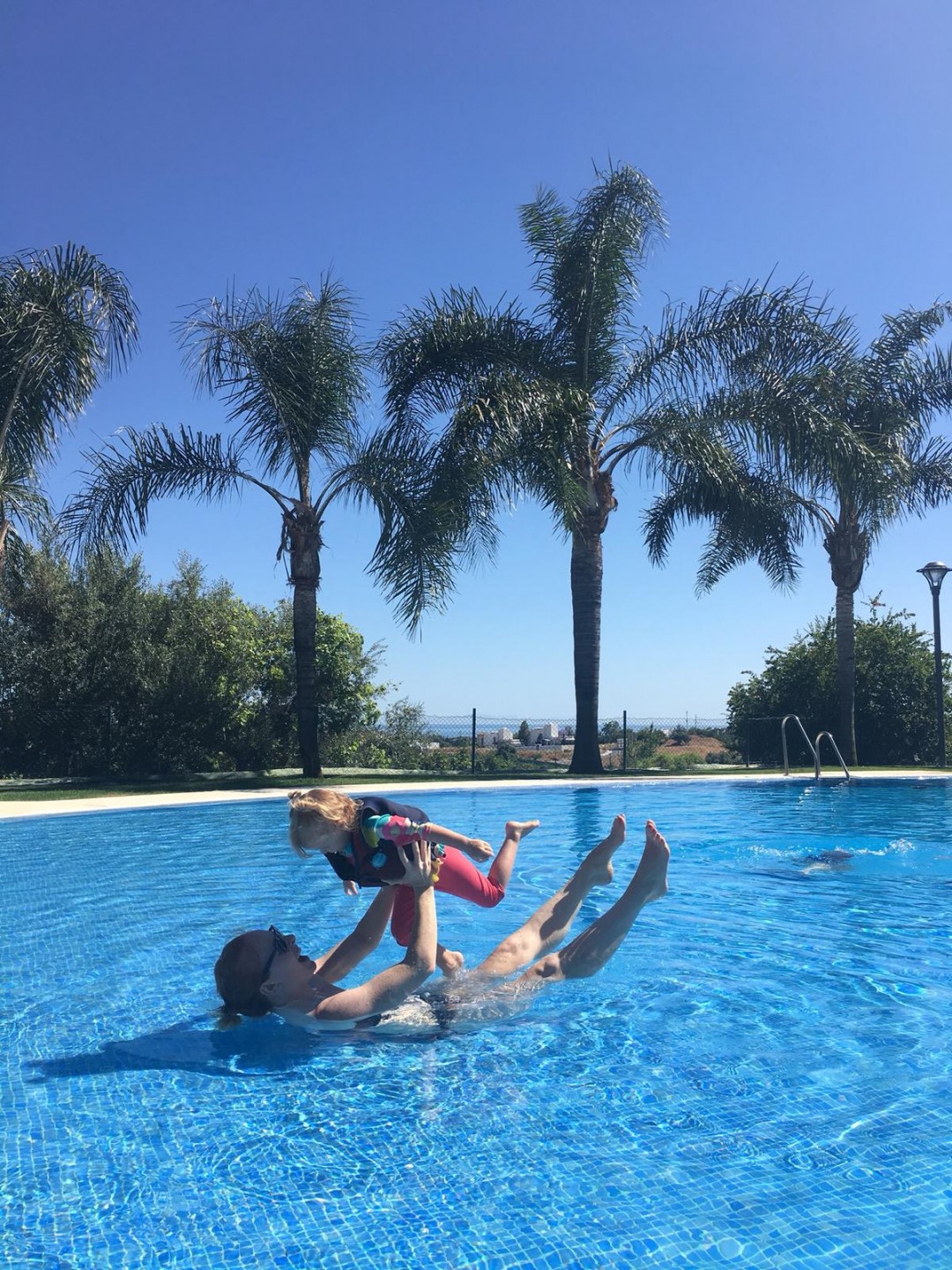If you do nothing else this week but take five minutes to read this blog post, it could just be the best thing you do. Not because it includes a five minute game (it does) or because of my witty writing (often variable) but because it has top tips on something incredibly important that we can simply take a few minutes to teach our kids but which could save their or even their friends’ life.
I often say ‘if in doubt, add water’ because when it comes to play water is very accessible and very fun. By this I of course mean things like go for a swim, splash in a paddling pool (or even better a sprinkler, less effort and just as much fun!) or get out a tub of water for little ones and add food colouring, or water beads (age dependent), or bath toys, or your marble run, or cornflour sponges, cups, jugs tea sets, paintbrushes, scoops or spoons. Set up play at a sink or in the empty bath with a washing up bowl filled with water and wash dolls or vehicles or toy animals. Play sink or float. Put out little pots of water and make potions or cut up flowers to create perfumes. Go splashing in puddles after a downpour. Go fishing. Go to a stream with a small net and see what creatures you can find (and immediately release back) go to the beach and jump the waves, go out on a rowing boat, kayak, peddalo or paddle board. Go and watch a sunset over the lake or the sea. Make a cup of tea. All include water and are all things we have done many times over the years.
I wrote a little bit about water safety in my third book On The Go on the chapter about things I learned on holiday (page 33) here is the extract from it:
The Kind of Floater We All Want
‘A more serious one [tip]: take FLOTATION DEVICES, because when kids are drowning they are SILENT. They don’t shout ‘help!’ or splash around. Florence has been attending swimming classes since she was ten weeks old, but we had a momentary scare poolside with her on our first holiday, and saw another child in a scary situation too. Don’t be fooled - swimming pools are dangerous as well as fun. This also applied to lakes, rivers and the seaside - a little one can swim out of their depth very easily or find the water too cold. After the pool scare, Florence wore a little life jacket for the rest of the trip, so armbands or other flotation devices are always worth taking up space in your luggage. Also, buy swimwear that shows well underwater so you or a lifeguard can spot you children easily if they do get in to difficulties. Bright oranges and reds are best and try to avoid pale blue or white.’ (See this article from the Huffington Post about why this is)
This week I have teamed up with the RLSS (Royal Life Saving Society UK) to work with them on their mission to raise awareness and understanding of the Water Safety Code across the UK and Ireland during Drowning Prevention Week: 17th – 24th June 2023. The aim is to ensure as many people as possible are equipped with vital lifesaving knowledge that will keep them and their families safe in, on and around water because horrifyingly 100 children have accidentally lost their lives to drowning in the UK in the last 5 years. 61 of these children drowned in June, July or August, where we see increasing air and water temperatures and children have more free time during the school holidays, which is why it is the perfect time to talk to your children about water safety, because with knowledge and understanding accidental drownings are preventable.
I have always been a big believer in taking my children to swimming lessons as, even thought they are expensive, I have always felt like they were learning a crucial life skill. Sarah Quirico, a swimming teacher, even wrote me a great guest blog about water confidence which you can find here. However what is really important to understand is that through the analysis of the accidental drowning of children and young people aged 18 and under, the RLSS found that 35% were described by friends and family as being able to swim. What’s more, if we focus on those who were aged between 8 and 18 when they lost their life, 61% were described as swimmers. This is why it is so crucial and why I decided to make this quick pairs game for my two and take them our local lake, where we often go fishing to teach them how important water safety is and the four points of the water safety code.
If you would like to play this pairs game too, you can find a free downloadable version below to simply print off and cut out. You might wish to print it or stick it onto card so you can’t see the text and colours through it. Alternatively you can write them out onto craft foam which is water proof, which is what I did!
There are also loads of brilliant resources on the RLSS website for families and communities. You can find them below starting with this fab short animation which makes it really easy if you’re short on time but want to teach your kids this important info.
Download the RLSS free lifesaving education materials – including resources for schools, leisure centres, swimming clubs, and parents/guardians with the aim of encouraging a safe relationship with water on their website HERE.
So let’s all enjoy the water this summer and stay safe. Please share this webpage or my social media post with anyone and everyone! Let’s get this message out there #DrowningPreventionWeek #DPW2023 @RLSSUK
THANK YOU 😊
This post is part of a paid promotion with the RLSSUK for June 2023.








Marketing permission: I give my consent to Five Minute Mum to contact me via email using the information I have provided in this form for the purpose of news, updates and marketing.
What to expect: If you wish to withdraw your consent and stop hearing from us, simply click the unsubscribe link at the bottom of every email we send or contact us at [email protected]. We value and respect your personal data and privacy. To view our privacy policy, please click here. By submitting this form, you agree that we may process your information in accordance with these terms.